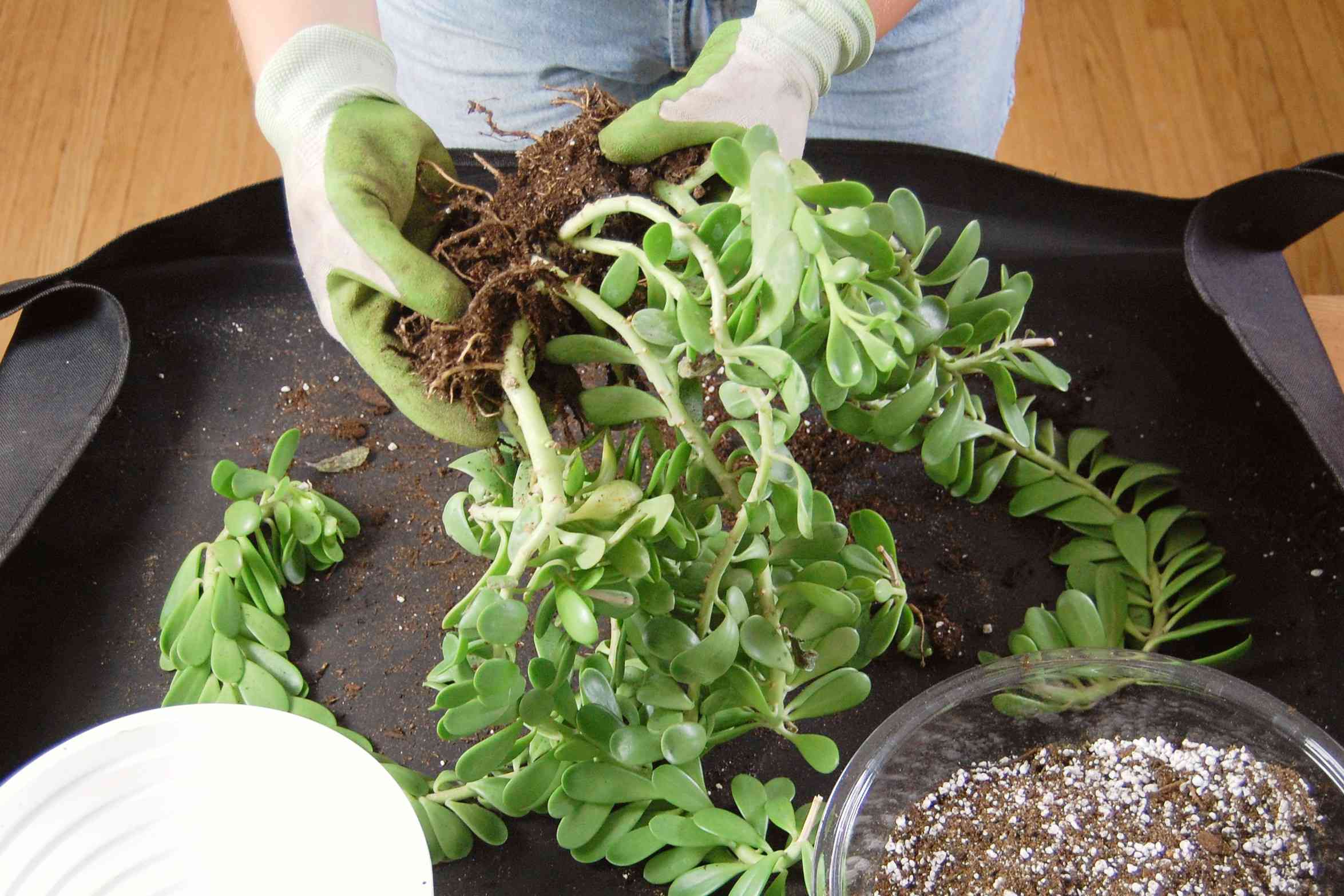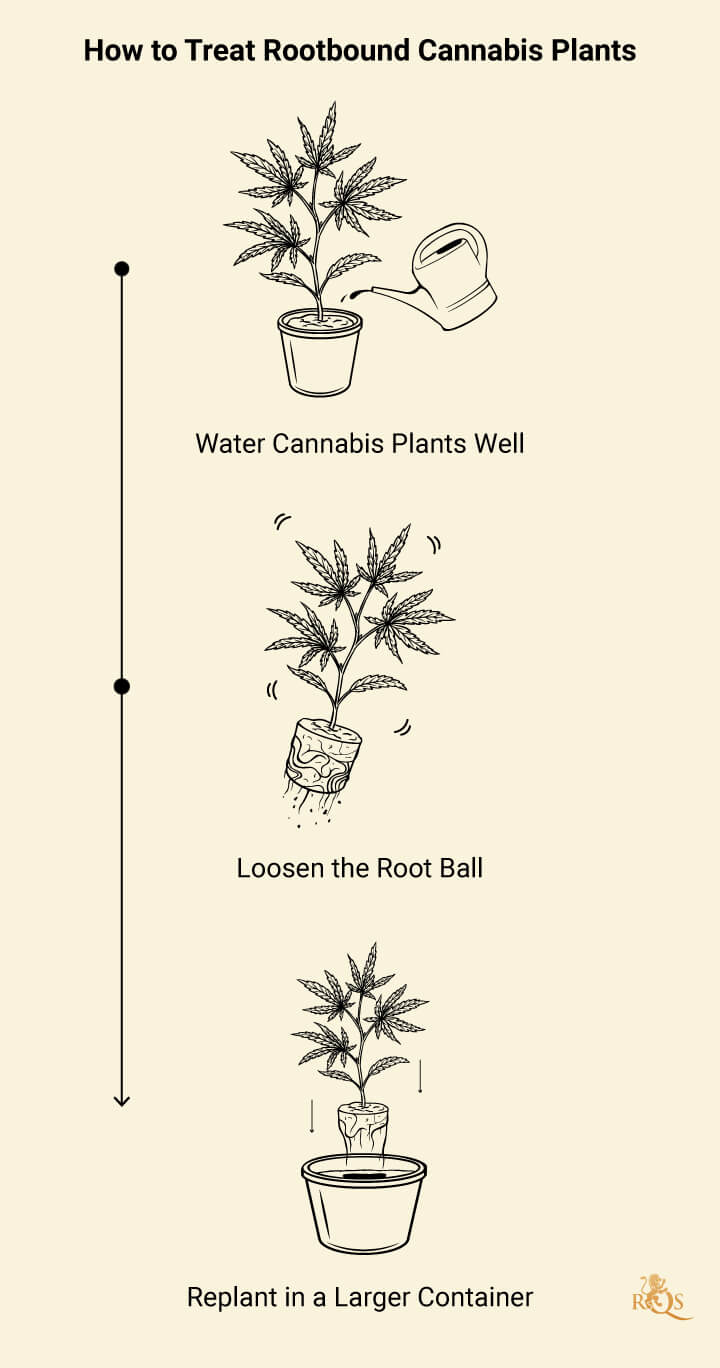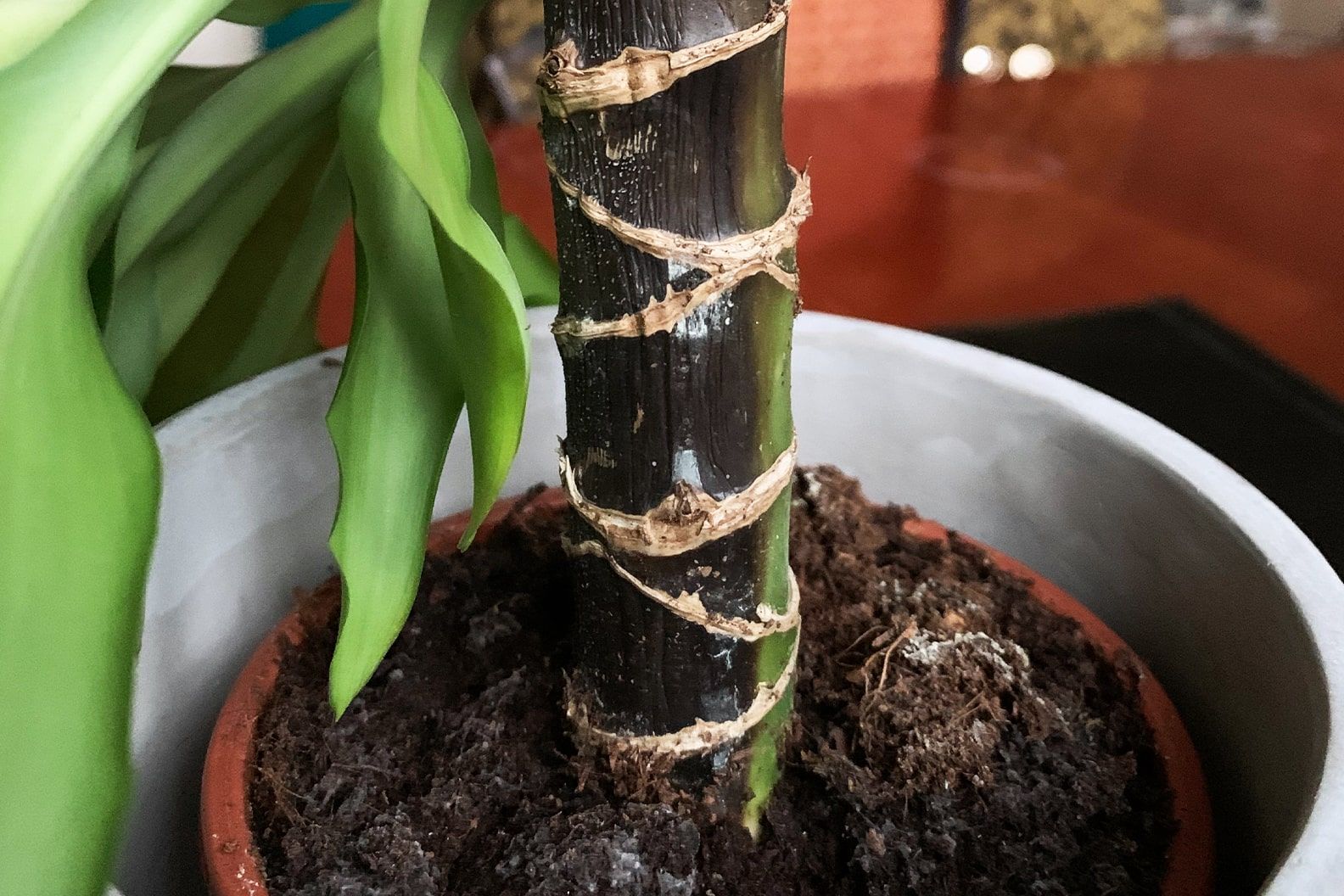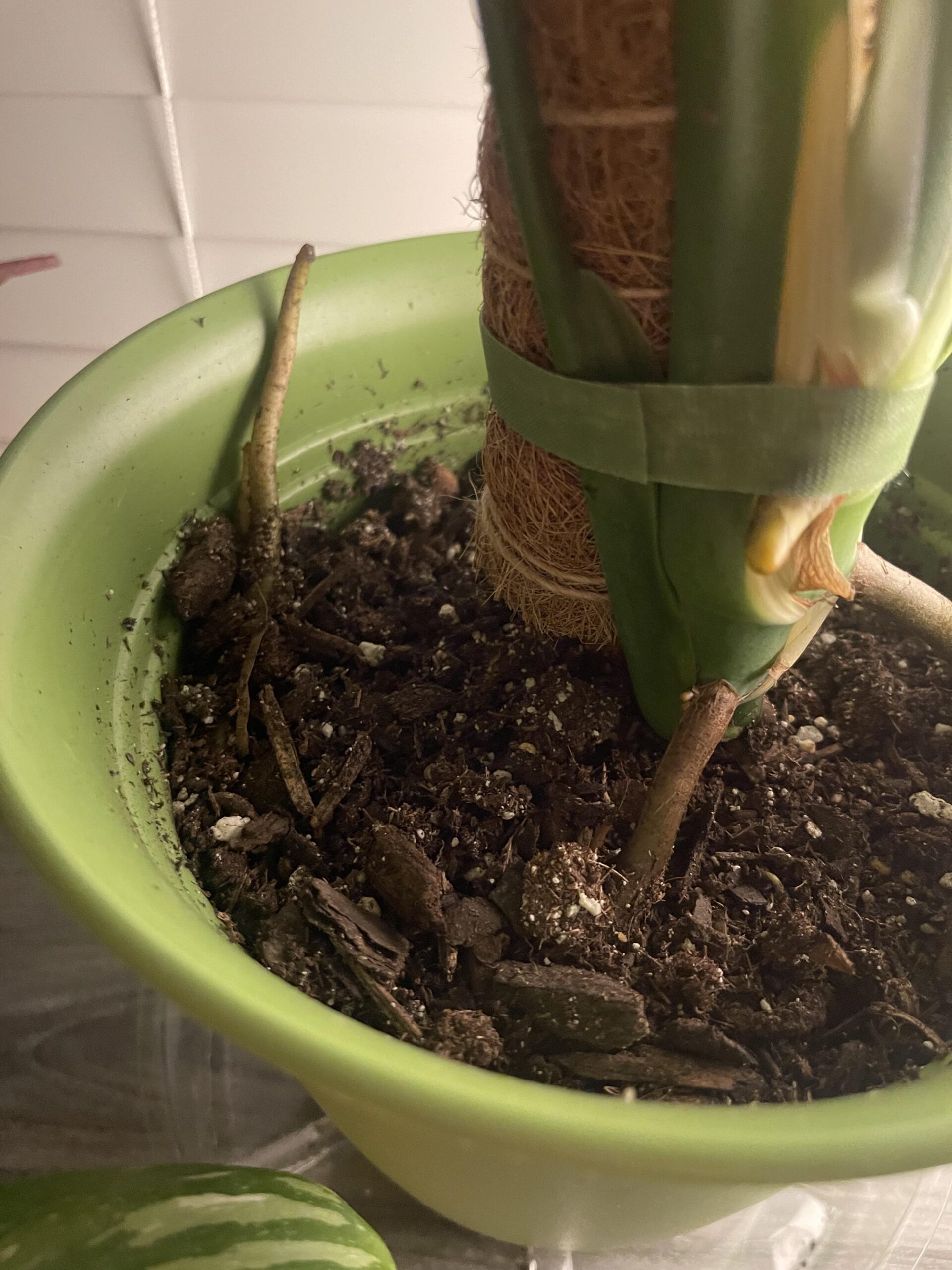How to Treat Root Rot in Houseplants
Root rot is a common issue that many houseplant owners face. It occurs when the roots of a plant become infected with a fungus, leading to the decay and death of the roots. If left untreated, root rot can significantly impact the health and growth of your beloved plants. However, with the right knowledge and treatment, you can save your plant from this potentially fatal condition.
Symptoms of Root Rot
It is essential to be able to identify the symptoms of root rot in your houseplants to provide timely treatment. Some common signs of root rot include:
- Yellowing or browning of the leaves, starting from the bottom up
- Soggy or mushy roots that have a foul odor
- Wilting or drooping of the plant despite regular watering
If you notice any of these symptoms, it is crucial to act quickly to save your plant.
Treating Root Rot
Once you have identified root rot in your houseplant, there are several steps you can take to treat the condition:
1. Remove the Plant from Soil
Carefully remove the plant from its pot and gently shake off the soil from the roots. Check for any mushy or foul-smelling roots, as these are infected with the fungus.
2. Trim the Affected Roots
Using clean, sharp scissors, trim away the affected roots until you reach healthy, white roots. Be sure to sterilize your tools between cuts to prevent spreading the infection.
3. Repot the Plant
Repot the plant in fresh, well-draining soil to prevent the recurrence of root rot. Ensure the pot has proper drainage holes and avoid overwatering the plant in the future.
4. Adjust Watering Habits
Proper watering is essential for preventing root rot. Allow the soil to dry out between waterings and water the plant only when the top inch of soil feels dry to the touch.
Preventing Root Rot
While treating root rot is crucial, preventing it is even more important. To prevent root rot in your houseplants, follow these tips:
- Use well-draining soil to prevent waterlogging
- Avoid overwatering your plants
- Ensure your pots have proper drainage holes
- Monitor the moisture levels in the soil regularly
By following these preventative measures, you can help your houseplants stay healthy and vibrant.
Conclusion
Root rot can be a severe threat to your houseplants, but with prompt identification and treatment, you can save your plant from the brink of death. By following the steps outlined in this article and implementing preventative measures, you can help your plants thrive and flourish for years to come.



